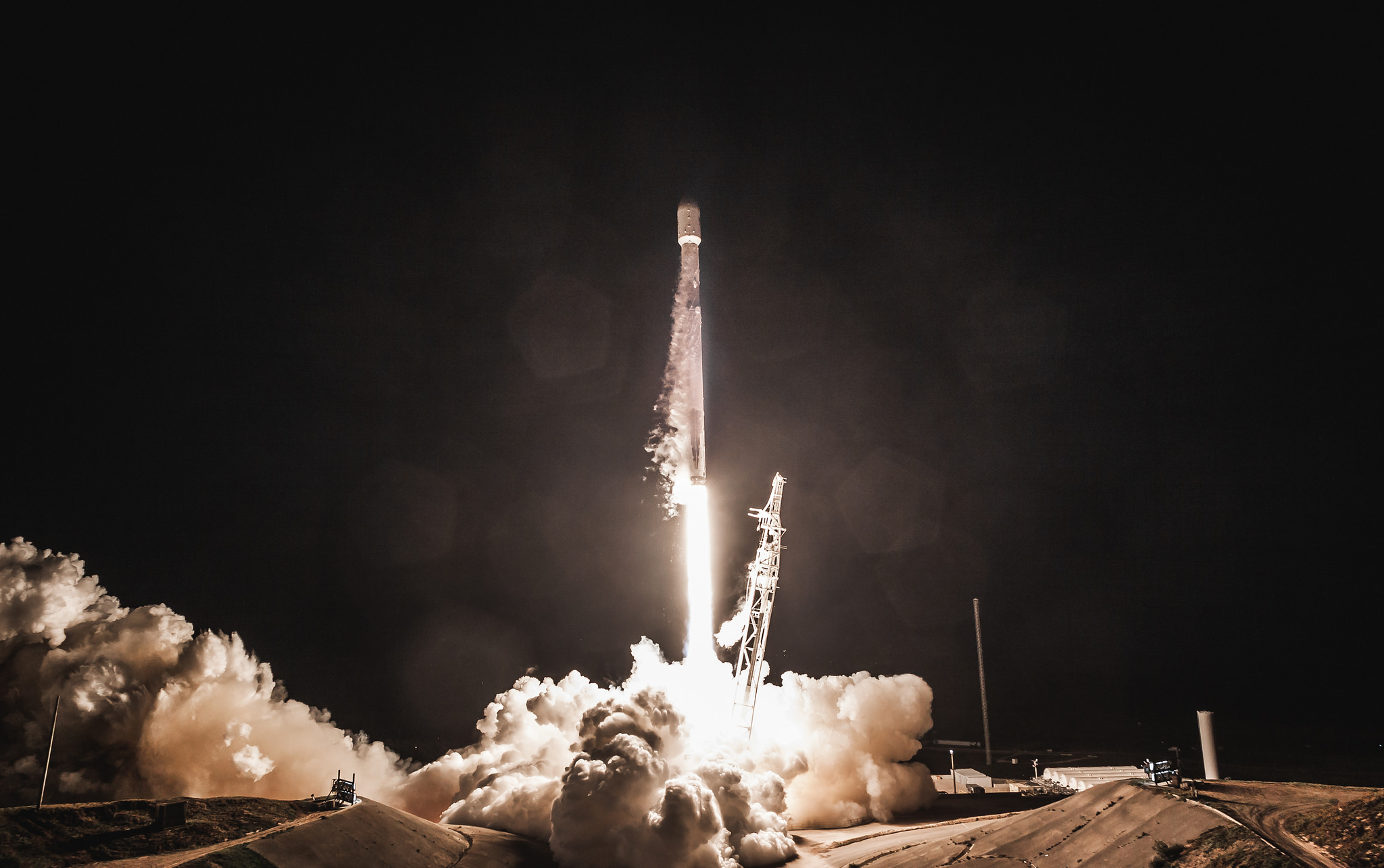SpaceX to Launch Spanish Communications Satellite Early Tuesday: Watch It Live

This story was updated on March 5 to include details provided by SpaceX's Hispasat 30W-6 mission press kit.
SpaceX is planning to launch a Spanish communications satellite early Tuesday morning (March 6), after more than a week of delay, and you can watch the liftoff live.
A SpaceX Falcon 9 rocket topped with the Hispasat 30W-6 satellite is scheduled to launch from Florida's Cape Canaveral Air Force Station at 12:33 a.m. EST (0533 GMT) Tuesday following delays caused by extra work on the rocket and the launch range schedule.You can watch the spaceflight action live here at Space.com, courtesy of SpaceX, or directly via the company's website.
SpaceX initially targeted a Feb. 25 launch for Hispasat 30W-6, but called off that attempt to allow time for pressurization checks on the Falcon 9's protective payload fairing, the nose cone that encloses a satellite during liftoff. That delay forced SpaceX to stand down until after another launch from Cape Canaveral — the successful GOES-S weather satellite launch Thursday (March 1) on a United Launch Alliance Atlas V rocket.
According to SpaceNews, SpaceX expressed an interest in potentially launching Hispasat 30W-6 early Thursday morning, ahead of the GOES-S launch later that day. But Air Force officials said there were too many open questions to allow two rocket launches within 17 hours, SpaceNews reported.
The Hispasat 30W-6 mission will not feature a landing attempt by the Falcon 9's first stage, according to SpaceX representatives, who cited "unfavorable weather conditions in the recovery area off of Florida’s Atlantic Coast."
Hispasat 30W-6 is bound for geostationary orbit, about 22,300 miles (35,900 kilometers) above Earth. Madrid-based company Hispasat will use the satellite to provide broadband internet service to a number of locations worldwide, including Latin America, North Africa and the Iberian Peninsula.
Get the Space.com Newsletter
Breaking space news, the latest updates on rocket launches, skywatching events and more!
Hispasat 30W-6, which was built by California company SSL (formerly Space Systems/Loral), has a design lifetime of 15 years, Hispasat representatives said.
Follow Mike Wall on Twitter @michaeldwall and Google+. Follow us @Spacedotcom, Facebook or Google+. Originally published on Space.com.
Join our Space Forums to keep talking space on the latest missions, night sky and more! And if you have a news tip, correction or comment, let us know at: community@space.com.

Michael Wall is a Senior Space Writer with Space.com and joined the team in 2010. He primarily covers exoplanets, spaceflight and military space, but has been known to dabble in the space art beat. His book about the search for alien life, "Out There," was published on Nov. 13, 2018. Before becoming a science writer, Michael worked as a herpetologist and wildlife biologist. He has a Ph.D. in evolutionary biology from the University of Sydney, Australia, a bachelor's degree from the University of Arizona, and a graduate certificate in science writing from the University of California, Santa Cruz. To find out what his latest project is, you can follow Michael on Twitter.









